The 10 Biggest Tech M&A Deals Of 2022
Despite the economic uncertainties of 2022, the pace of blockbuster mergers and acquisitions in the IT industry doesn’t seem to have slowed. Here’s a look at the biggest tech mergers and acquisitions that were announced, completed or still in the works as of the end of the year.

Let’s Make A Deal
The economic uncertainty of 2022 doesn’t appear to have slowed merger and acquisition activity within the IT industry. Through the year IT vendors, solution providers and private equity firms continued to negotiate acquisition and merger deals with price tags in the hundreds of millions, billions and even tens of billions of dollars.
Acquisition activity may have even ticked up in the first half of 2022 with the stock market’s overall decline and plunging stock prices—and reduced company valuations—generating some bargains.
Blockbuster acquisitions have the potential to remake segments of the IT industry. The combination of two or more companies can create a newly dominant powerhouse in, say, semiconductors, IT management tools for MSPs, or products for hybrid work situations.
Acquiring companies can gain an infusion of technology that creates a competitive edge or provides an entry into a new vertical market. An acquisition can also give an IT vendor additional manufacturing capacity or help a solution provider establish a foothold in new geographies.
Even mergers and acquisitions that don’t happen can be big news in the IT industry. Cisco Systems, for example, reportedly made a $20 billion bid in early 2022 to buy machine data platform provider Splunk. In October systems integrator DXC Technology confirmed that it was in talks with a potential buyer —discussions that continued into late in the year without a deal. One of this year’s biggest news stories in the semiconductor industry was Nvidia’s decision to drop its $40-billion deal to acquire Arm in the face of regulatory opposition.
Here’s a look at the IT industry’s biggest acquisition, merger and spinoff deals in 2022. Some deals were announced last year (or, in one case, even earlier) and completed this year. Others have been announced but are still working their way through regulatory and/or shareholder approvals before they can be wrapped up—some possibly not until 2023.
Dollar value is certainly a factor in this ranking. Oracle’s $28.3 billion acquisition of health-care system developer Cerner made our midyear merger and acquisitions list, for example. Adobe’s deal to acquire Figma, a provider of collaborative design software, has an estimated value of $20 billion. And Microsoft’s deal to buy video game publisher Activision carries a whopping $75 billion price tag.
But some mergers and acquisitions have a greater impact on the IT industry in general, and the channel in particular, and that also figures into this year’s list.
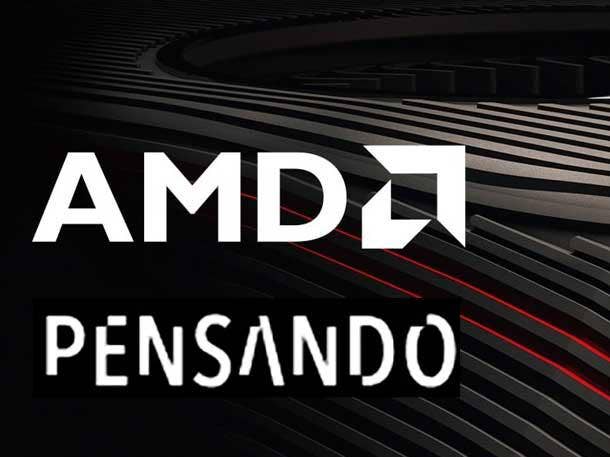
No. 10: AMD Buys Edge Computing Startup Pensando for $1.9B
Pensando had attracted a lot of attention since its 2017 launch, not least because the edge computing startup was founded by a group of former Cisco Systems engineers and its backers included former Cisco CEO John Chambers. The company had raised an impressive $313 million in venture funding.
So it was big news on April 4 when chip giant AMD announced a deal to acquire Pensando for $1.9 billion. (The acquisition closed May 26.)
AMD said that Pensando’s distributed services platform would expand AMD’s data center product portfolio with a high-performance data processing unit and software stack. Pensando’s founders and employees joined the AMD Data Center Solutions Group.
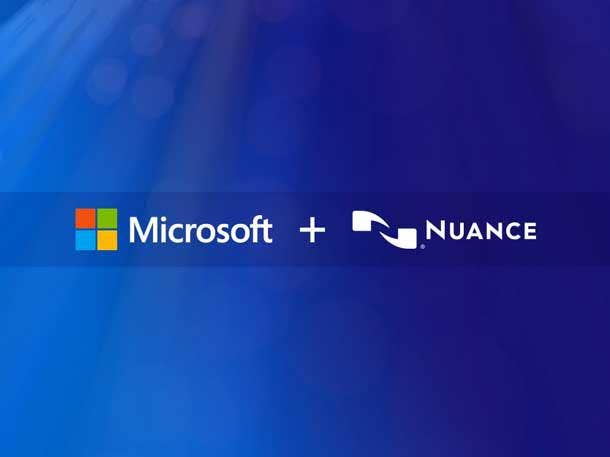
No. 9: Microsoft Acquires Voice Recognition And AI Specialist Nuance For $19.7B
On March 4 Microsoft completed its acquisition of Nuance Communications, a developer of conversational AI and ambient intelligence technologies used in applications across a range of industries including health care, financial services, retail and telecommunications.
Microsoft first announced the $19.7 billion acquisition, one of the largest in Microsoft’s history, in April 2021.
Nuance is now part of Microsoft’s Cloud + AI Group. The Nuance technology is being used to develop cloud-based AI solutions around consumer, patient and employee services.
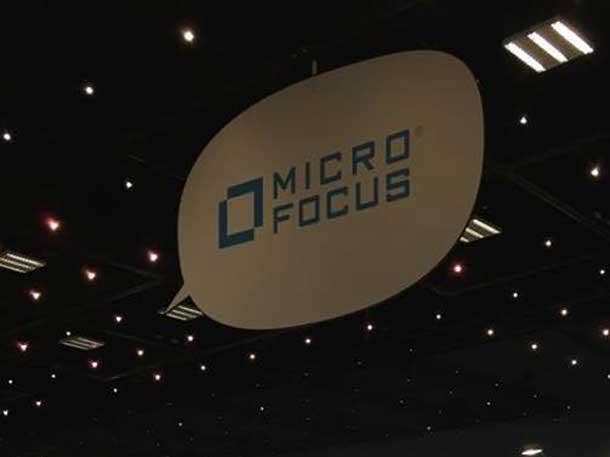
No. 8: OpenText To Acquire Micro Focus In $6B Deal
OpenText got everyone’s attention in August with its move to acquire Newbury, U.K.-based Micro Focus, a $6 billion deal that will make OpenText one of the world’s biggest software and cloud technology companies.
Both companies offer a broad range of information and IT management, digital transformation and cybersecurity products. But OpenText, based in Waterloo, Ontario, said there are significant differences in the two companies’ product lines that limit overlap in their technology portfolios.
If the acquisition goes through, OpenText will have annual revenue of $6.2 billion. Together the two vendors do business with 98 of the world’s 100 largest companies and government customers.
The companies expect to complete the acquisition in early 2023.
Micro Focus one of a string of software acquisitions for OpenText in recent years. Previous acquisitions include email encryption company Zix and cloud data protection provider Carbonite (the latter including security vendor Webroot, which Carbonite had itself just acquired).

No. 7: Intel To Advance Its Foundry Strategy With $5.4B Tower Semiconductor Acquisition
A core component of Intel’s long-term “IDM 2.0” strategy is increasing its manufacturing capacity, including building a pair of new fabrication plants in Ohio and Arizona and expanding manufacturing capacity in Europe.
In February Intel reached a deal to buy Israeli chipmaker Tower Semiconductor for $5.4 billion in a move the company said would significantly advance its plan to manufacture chips for other companies through Intel Foundry Services.
Tower operates a network of chip manufacturing plants that will complement Intel’s fabrication plants in the U.S. and Asia.
In addition to gaining more manufacturing capacity, Intel will gain Tower’s portfolio of specialty technologies, including radio frequency, power, silicon-germanium and industrial sensors. Intel will also obtain access to Tower’s extensive IP and electronic design automation partnerships.
The companies expect to complete the acquisition in early 2023.
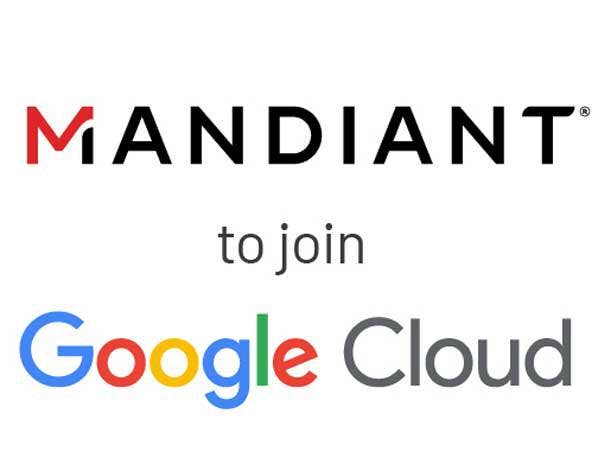
No. 6: Google Buys Incident Response Superstar Mandiant For $5.4B
The security segment of the IT industry has seen a lot of merger and acquisition activity this year including Cloudflare’s $162 million acquisition of Area 1 Security and Ping Identity’s deal to be taken private by Thoma Bravo for $2.8 billion.
But perhaps the most notable acquisition in IT security this year was Google’s acquisition of incident response technology developer Mandiant for $5.4 billion in what observers see as a move to compete with Microsoft and Amazon Web Services. (Microsoft reportedly was considering a bid to buy Mandiant before Google’s deal.)
Google completed the Mandiant acquisition in September with Google Cloud CEO Thomas Kurian saying his company planned to “reinvent security” for customers through the move.
Acquiring Mandiant significantly expands Google’s cybersecurity capabilities in real-time threat intelligence and incident response.
The deal came just four months after Mandiant sold its network, endpoint and email security product business to Symphony Technology Group for $1.2 billion.
In October Jeff Reed, vice president of product for Google Cloud Security, told CRN that integrating and developing synergies between the Google Cloud and Mandiant technology portfolios was well underway to provide “unprecedented” threat intelligence capabilities to customers and partners.

No. 5: Citrix Acquired, Merged With Tibco Software In $16.5B Private Equity Deal
On Jan. 31, confirming reports that had been circulating for weeks, Citrix Systems announced a deal to be acquired by Vista Equity Partners and Evergreen Coast Capital (an affiliate of Elliott Investment Management) in an all-cash deal valued at $16.5 billion.
Citrix shareholders approved the deal in April and the acquisition was completed on Sept. 30.
Under a plan outlined when the acquisition deal was disclosed, Citrix, a provider of digital workspace, virtualization and application delivery systems, is being merged with Tibco Software, a developer of data management, integration and analysis software owned by Vista since 2014.
Citrix has retained its name and Fort Lauderdale, Fla., headquarters. Tom Krause, previously the president of Broadcom’s software business, is CEO of Cloud Software Group (CSG), the parent entity of Citrix and Palo Alto, Calif.-based Tibco, which remain separate business units.
CSG’s leadership said combining the Citrix and Tibco product portfolios will provide customers with the secure application and information access and insight needed for accelerating digital transformation and navigating hybrid work models.
In October CSG made a number of management changes both within CSG and in the Citrix and Tibco business units.
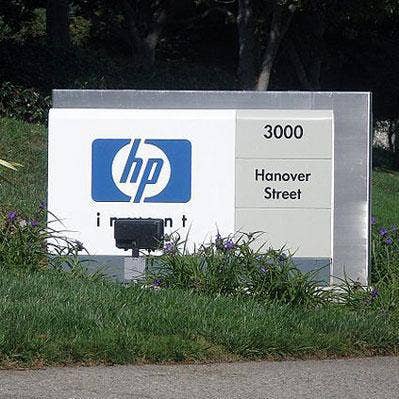
No. 4: HP Inc. Acquires Poly In $3.3B Deal In Move To Boost Hybrid Office Offerings
HP Inc., a leading provider of PCs, laptops and printers, completed its $3.3 billion acquisition of Poly on Aug. 29, wrapping up a blockbuster deal announced March 28 to buy the global provider of videoconferencing hardware, conference phones and headsets.
HP pursued the acquisition because it sees an opportunity to provide an expanded portfolio of products for hybrid work. The COVID-19 pandemic forced millions of people to work from home over the last two-plus years and many businesses and organizations have adopted a hybrid model where employees split their time between the home and their work offices. That has spurred demand for all kinds of IT products and services including personal computing devices and collaboration, communications and videoconferencing software.
The acquisition is expected to provide HP channel partners with an expansive hybrid work product portfolio to work with.
Since completing the acquisition, HP and Poly leadership have been laying out their vision for the combined companies and begun integrating their product portfolios.
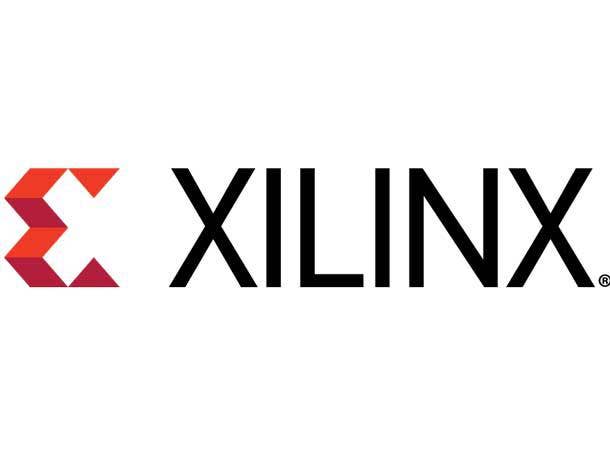
No. 3: AMD Completes $49B Xilinx Buy In Semiconductor Industry’s Biggest Acquisition
On February 14 chipmaker AMD completed its acquisition of Xilinx, allowing AMD to expand beyond its core CPU and GPU product lineup to add reprogrammable chips, called field programmable gate arrays, to its technology portfolio.
The acquisition is expected to significantly expand AMD’s opportunities in data centers, embedded computing and telecommunications. Xilinx also had a presence in other markets including defense, broadcast and consumer electronics. The acquisition grew AMD’s total addressable market to $135 billion from $80 billion, according to the company.
The cost of the all-stock acquisition deal was originally $35 billion when it was announced in October 2020. But the double-digit growth of AMD’s share price since then boosted the deal’s final price tag to $49 billion—the largest acquisition deal in the history of the semiconductor industry.
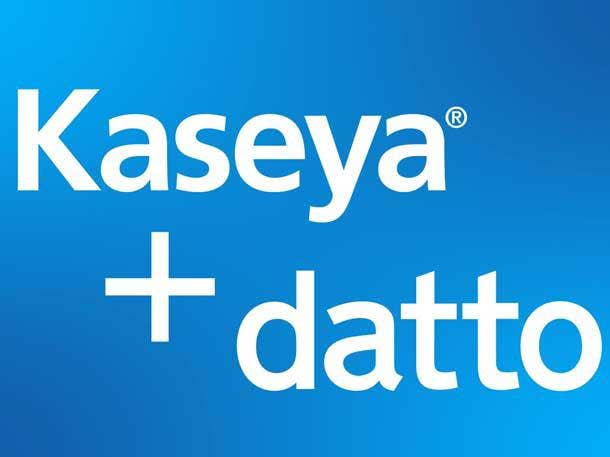
No. 2: Kaseya’s $6.2B Acquisition Of Rival Datto
Kaseya, a developer of IT management tools used by businesses and MSPs, shook up the MSP space on April 11 when it announced an all-cash deal to acquire rival Datto for $6.2 billion. The acquisition was officially completed on June 23.
Combining two of the biggest MSP-focused platform providers was expected to put competitive heat on rivals ConnectWise and N-able in such areas as remote monitoring and management, security and professional services.
Kaseya CEO Fred Voccola touted the acquisition as providing its global customers with “more functional, innovative and integrated solutions.” Datto CEO Tim Weller said the deal “brings together a broader array of technology products to create additional opportunities for MSPs.”
But the acquisition has been controversial with concerns about the impact on Datto employees and that company’s MSP-focused culture. A frowny-face emoji reaction to the deal, posted three days after the announcement by an executive at a security tech vendor, ignited a social media firestorm.
In an interview with CRN two weeks after the acquisition deal was announced, Voccola tried to assuage the fears and criticisms, saying Kaseya was firmly committed to investing in Datto’s strong channel culture, product set and brand and said there were no plans to shutter any Datto offices.
“We’re spending $6.2 billion to buy an awesome company,” Voccola said. “We don’t buy companies to gut them for profit. Every acquisition we’ve done, we’ve doubled or tripled or in some cases quintupled the amount of investment in the products and support in the business. We’re not buying Datto to destroy it. We’re buying Datto because we want to get better at that, and Datto is the best, so we buy the best.”
At Kaseya’s ConnectIT conference the week the acquisition closed, Voccola sought to reassure Datto employees, partners and customers and provided more details about Datto management changes— including the departure of Weller—and plans for combining the Kaseya and Datto technology portfolios. “It’s our job to make sure that we build the best freaking platform for our customers because they rely on us to make sure it’s complete,” he said.
But closing the deal didn’t end the controversies. Datto founder and former CEO Austin McChord posted a blistering diatribe on GitHub and LinkedIn in July saying that post-acquisition changes were destroying the Datto culture. (Kaseya CFO Kathy Wagner later issued a statement disputing McChord’s comments.)
The ramifications of the acquisition continued into late 2022. In October Rob Rae, who as senior vice president of business development was the face of that company for MSPs, left Kaseya. Earlier this month CRN reported that Ryan Weeks, Datto’s well-regarded CISO, was no longer in that role.
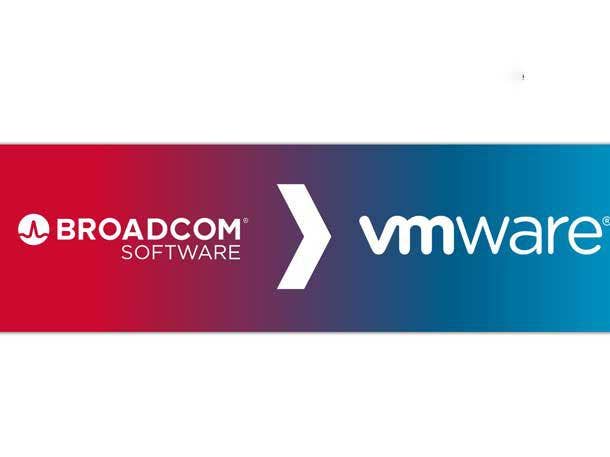
No. 1: Broadcom Moves To Acquire VMware In Blockbuster $61B Deal
On May 26 Broadcom, a $27 billion supplier of semiconductor and infrastructure software products, and virtualization technology leader VMware disclosed an agreement for Broadcom to acquire VMware in a cash-and-stock deal valued at $61 billion. The announcement confirmed circulating reports of acquisition negotiations.
The acquisition deal came less than seven months after VMware, which had been majority-owned by Dell Technologies since 2016, became an independent, publicly traded company.
“Together with Broadcom, VMware will be even better positioned to deliver valuable, innovative solutions to even more of the world’s largest enterprises,” said Dell Technologies CEO Michael Dell, in a statement. (Michael Dell retained a 40 percent stake in VMware following its spinoff and is expected to receive $21.65 billion in cash and stock through the deal.) “This is a landmark moment for VMware and provides our shareholders and employees with the opportunity to participate in meaningful upside,” he said.
“By adding VMware, we will bring significant scale to Broadcom’s software business, and reinforce our position as a premier provider of mission-critical platform solutions to enterprises globally,” Broadcom CEO Hock Tan told investors at the time of the announcement.
Broadcom plans to integrate its current software portfolio with VMware, including technology from its earlier acquisitions of Brocade Communications Systems, CA Technologies and the Symantec enterprise security business.
VMware partners, customers, employees and other stakeholders have expressed skepticism about VMware’s future as part of Broadcom. VMware employees, at an online town hall in May following the acquisition news, voiced concerns about cultural synergies and asked: “Why should we stay?’ And a top executive at one national VMware partner, in an interview with CRN, had a message for Broadcom: “It’s a pretty simple message really: Don’t screw VMware up by forgetting about the partners.”
Broadcom executives have sought to reassure stakeholders that the company intends to invest in VMware partners, engineering and sales. In October CEO Tan said in a blog post that as part of Broadcom VMware can provide a better product without raising prices. And in an open letter to the VMware Group in December Tan said that his first priority upon completion of the deal will be to focus on customers and partnerships.
VMware, meanwhile, has seen a steady exodus of executives and managers as the acquisition deal progresses. Channel chief Sandy Hogan announced her departure from the company in June to take a job with SADA Systems, a leading solution provider and Google partner. (In November VMware named former Dell Technologies channel executive Tara Fine as its new North Americas channel chief.) And on Sept. 1 North American channel chief Bill Swales disclosed that he was leaving VMware for a new job at Lenovo.
And earlier this month news leaked out that three VMware general managers in the critical areas of cloud infrastructure, networking and security were leaving the company. VMware quickly named replacements for the three and issued a statement that cited its “deep bench of top talent aligned with our multi-cloud and SaaS transformation objectives.”
Tom Krause, the Broadcom Software president who was expected to lead VMware post-acquisition, left Broadcom on July 15 to become CEO of Citrix Systems, running that company and its Tibco Software acquisition.
But the acquisition deal is facing headwinds. In July the U.S. Federal Trade Commission said it was undertaking a more stringent “second request” look at the deal, a regulatory hurdle that has derailed other tech industry mergers.
Equally concerning for Broadcom, on Dec. 20 the European Commission, the governing body for the European Union, said it had opened an “in-depth” investigation of the proposed acquisition. Commission officials expressed concern that through the deal Broadcom could restrict hardware competitors’ ability to interoperate with VMware’s virtualization software.